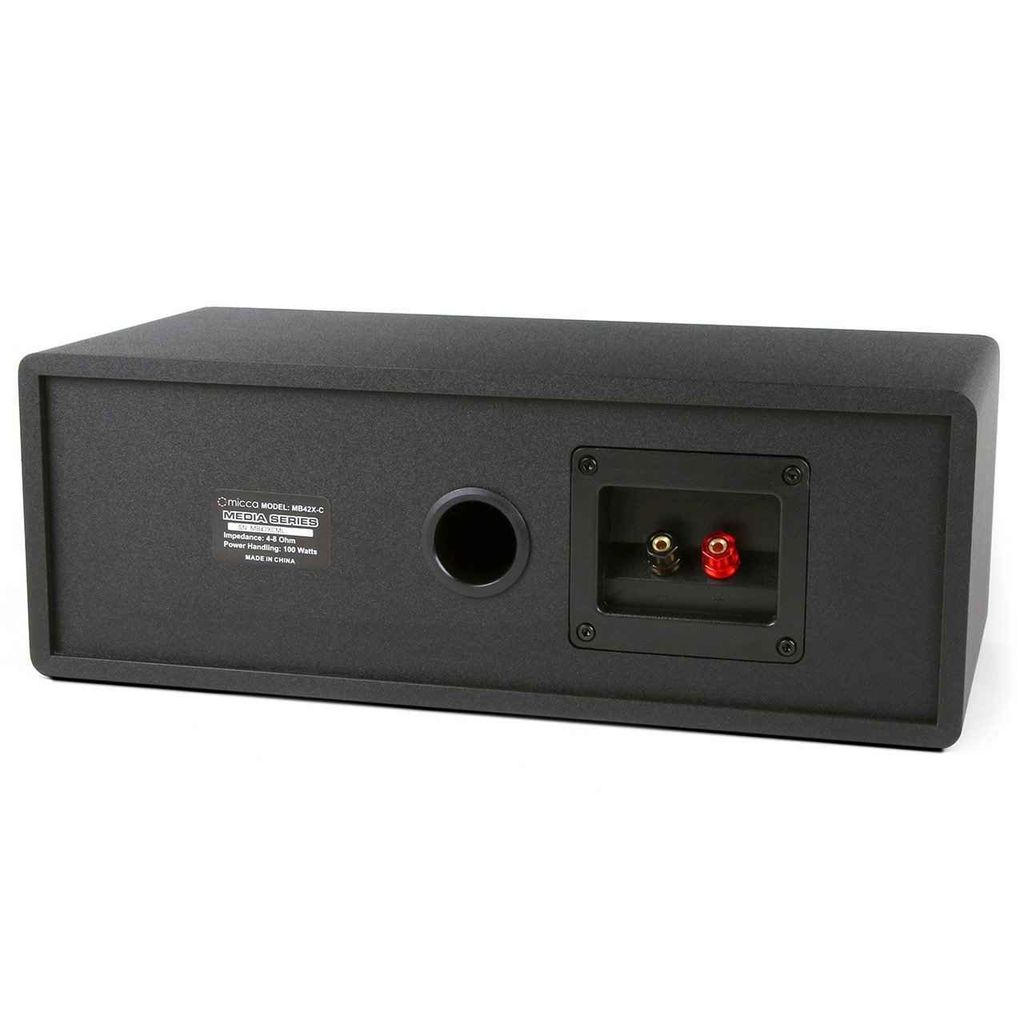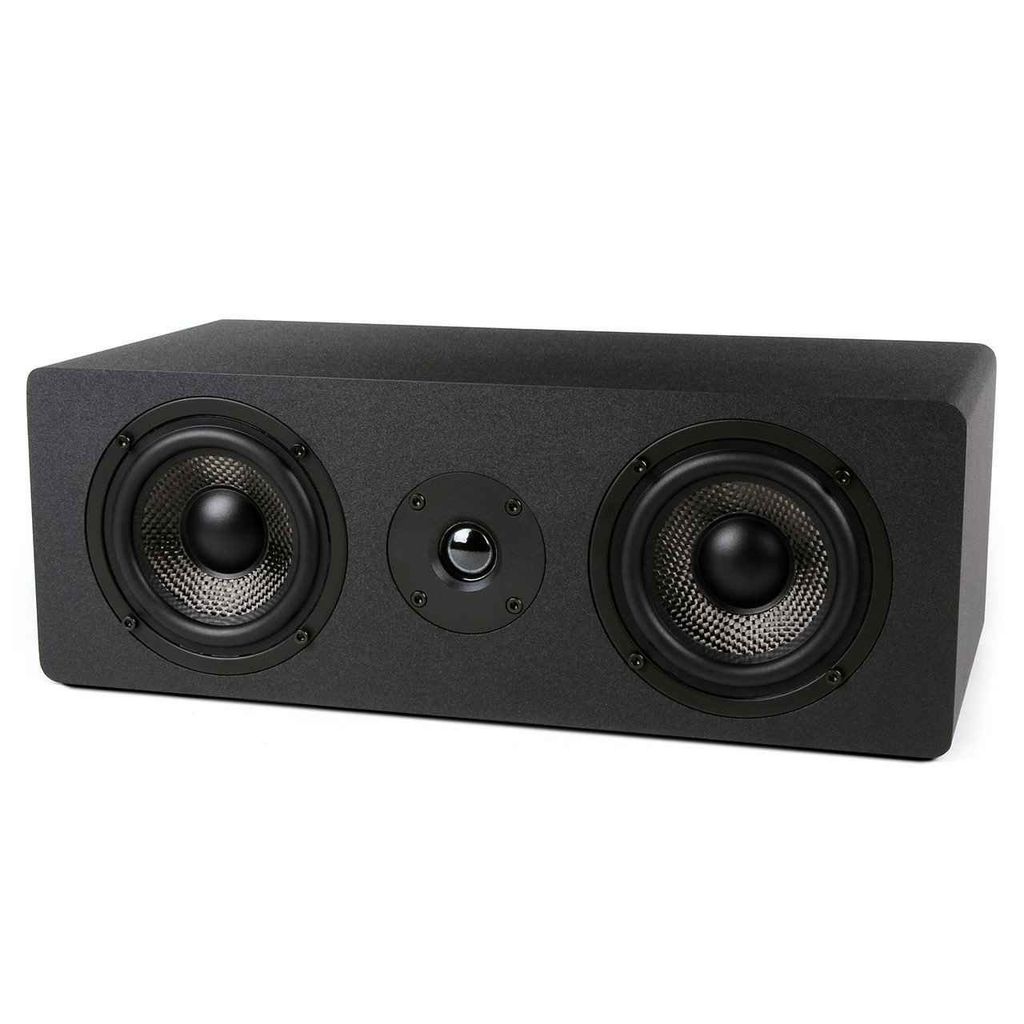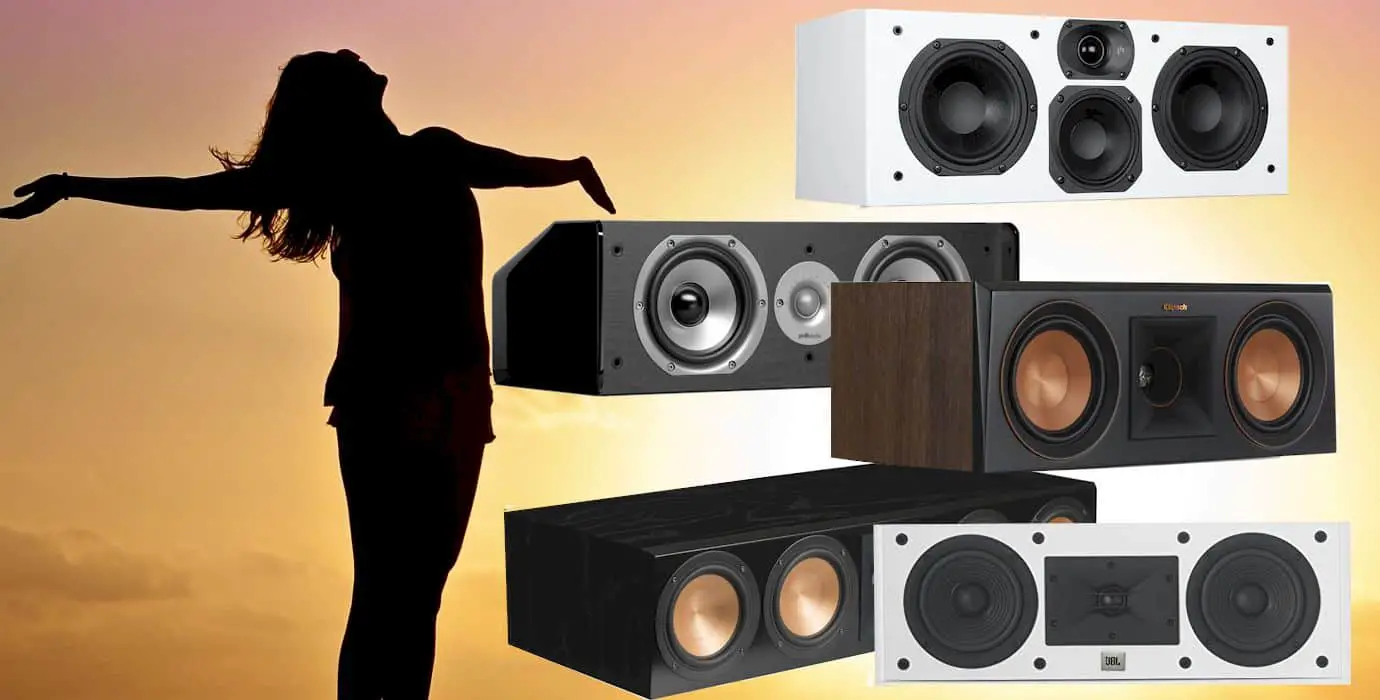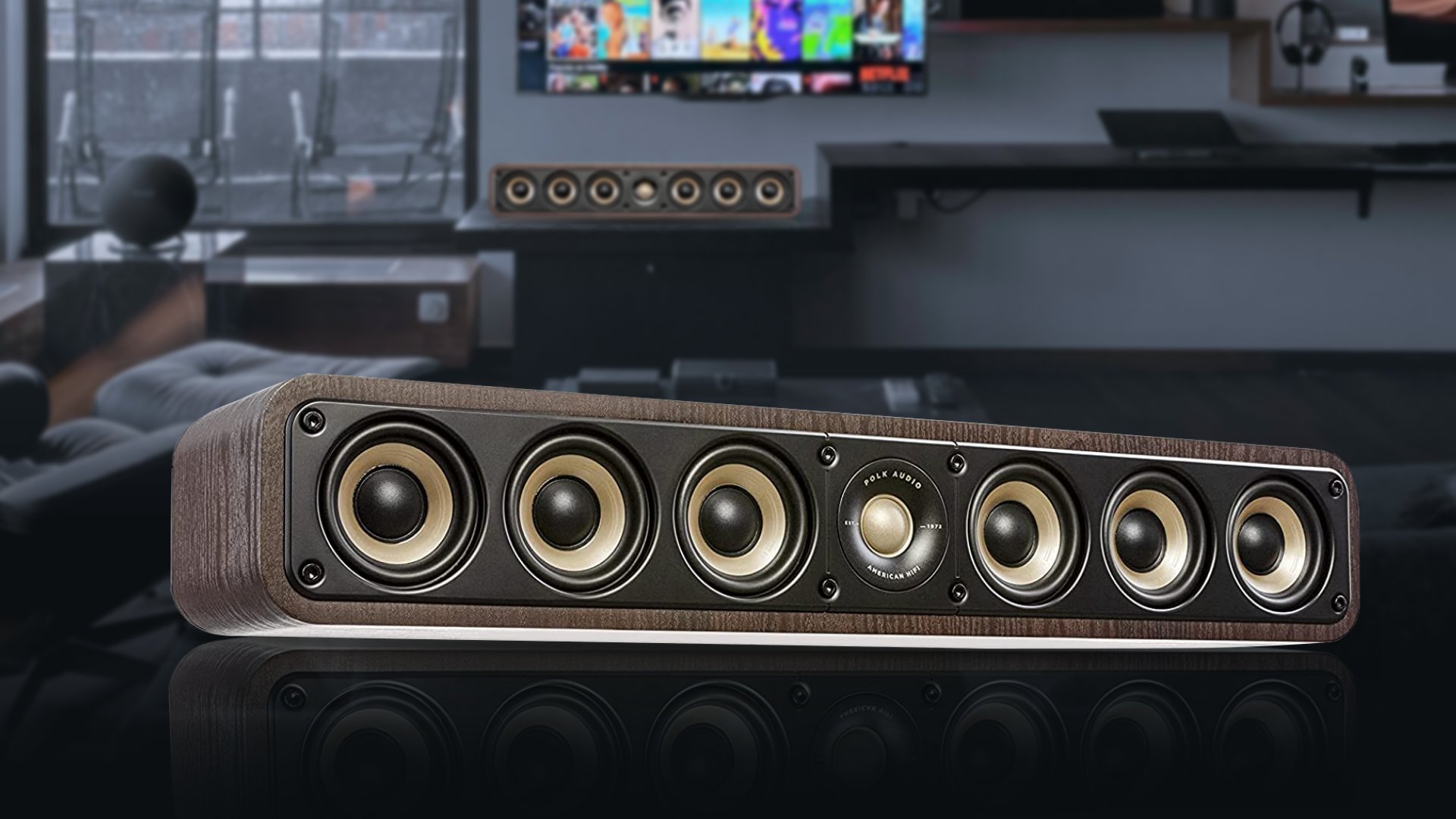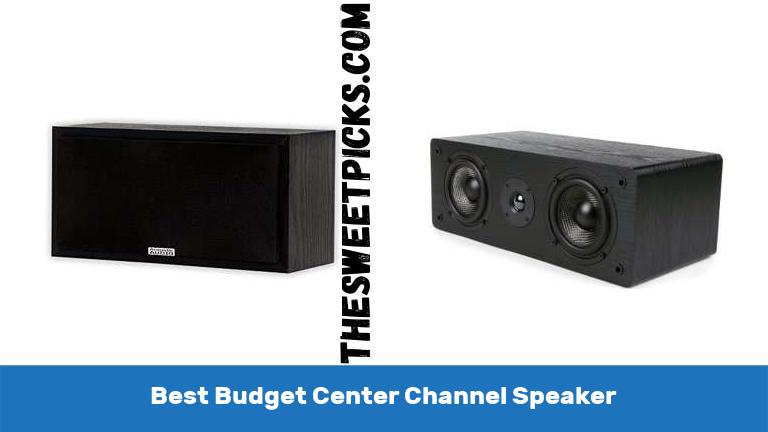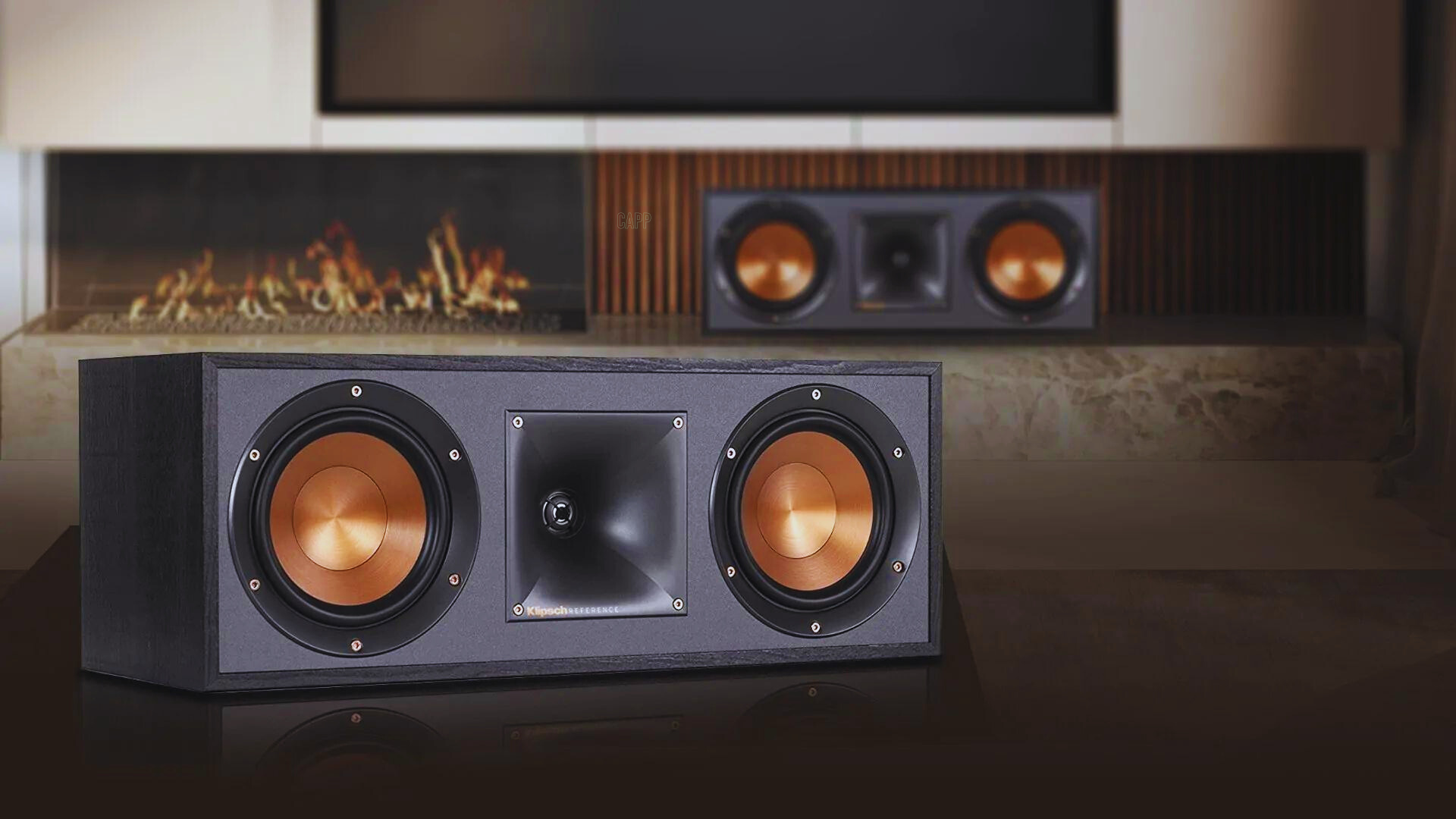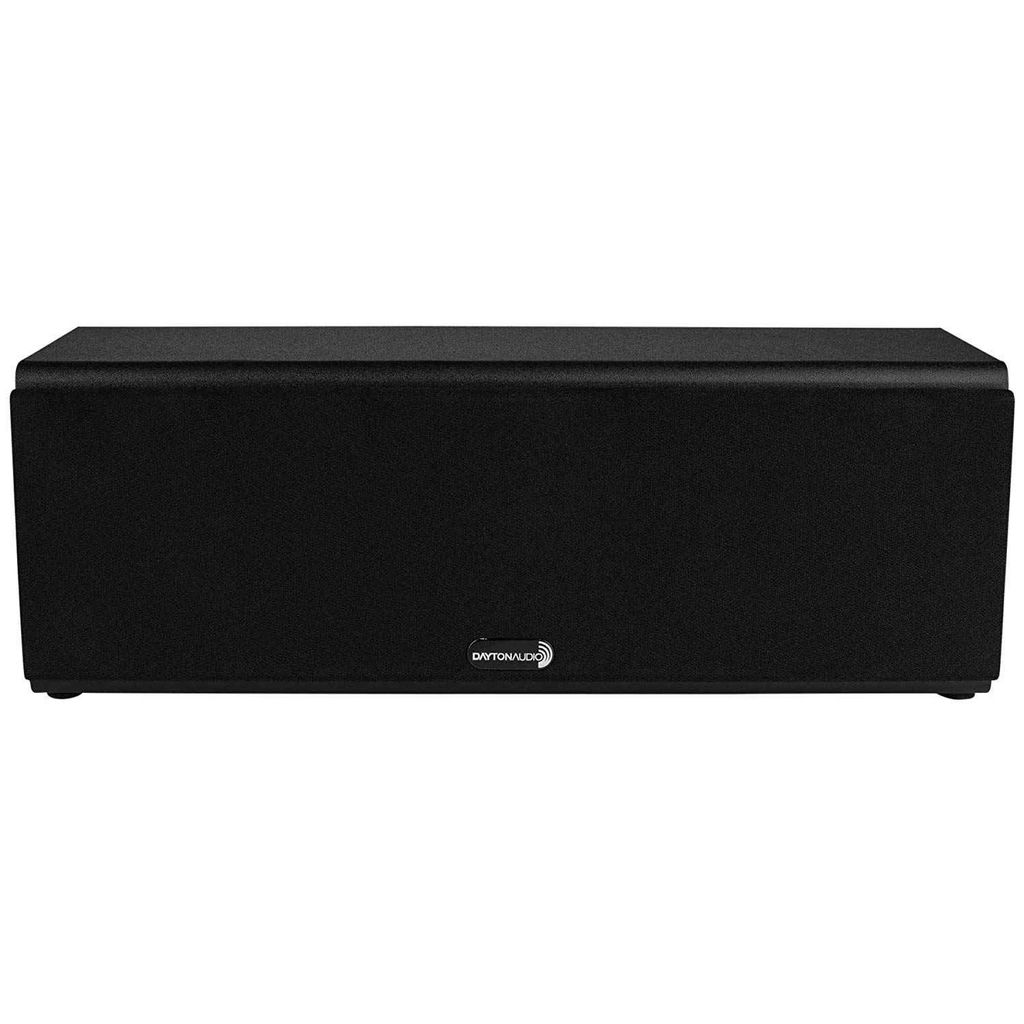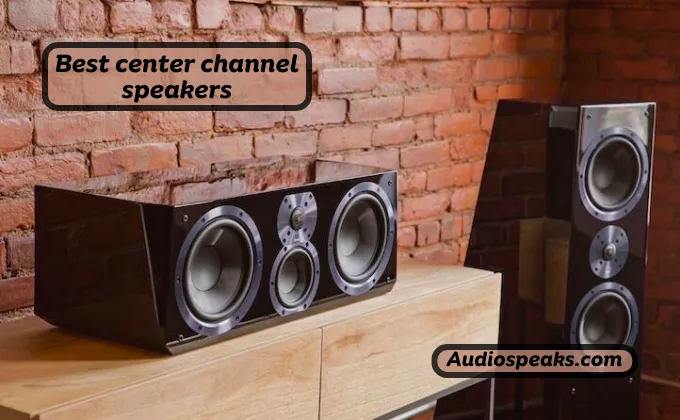Best Budget Center Channel Speaker
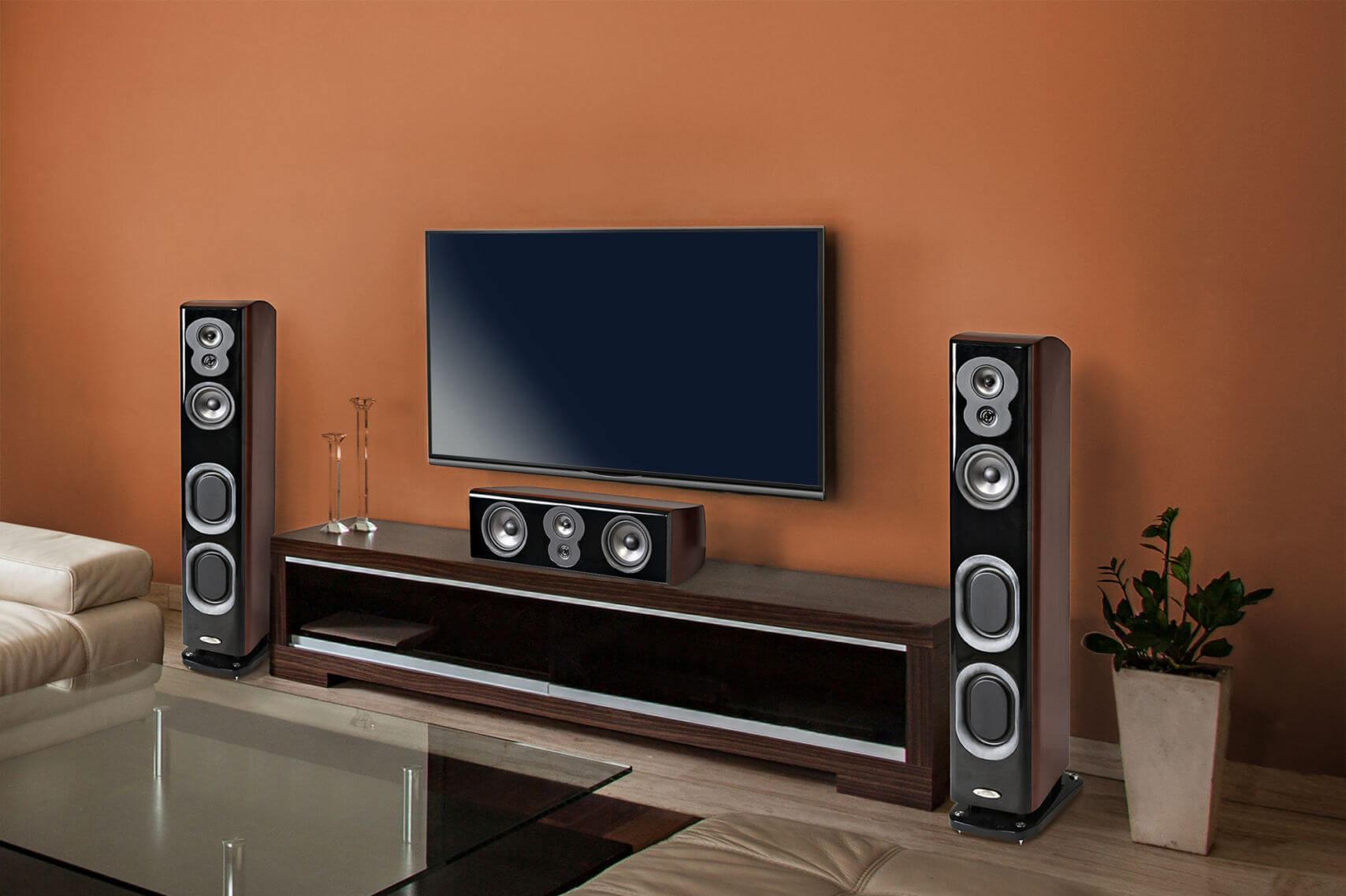
Ever find yourself cranking up the volume during movie dialogue, only to be blasted by explosions seconds later? You're not alone. A good center channel speaker is the unsung hero of any home theater setup, anchoring dialogue and creating a truly immersive experience.
This guide is designed for first-time buyers, navigating the world of budget-friendly options. We'll cut through the jargon, compare the top contenders, and help you choose the perfect center channel to bring clarity and balance to your soundscape without breaking the bank.
The center channel is vital because it handles the majority of the dialogue in movies and TV shows. Without a dedicated speaker, voices can get lost in the mix, muffled by music and sound effects. A good center channel ensures clear, crisp dialogue, making every word easily understood.
Top 5 Budget Center Channel Speakers: A Quick Comparison
| Model | Price (USD) | Frequency Response | Sensitivity | Warranty |
|---|---|---|---|---|
| Yamaha NS-C210BL | $99 | 70 Hz - 28 kHz | 89 dB | 2 Years |
| Polk Audio Monitor XT30 | $149 | 54 Hz - 40 kHz | 88 dB | 5 Years |
| Sony SS-CS8 | $119 | 55 Hz - 25 kHz | 87 dB | 1 Year |
| Klipsch RP-400C | $249 | 65 Hz - 25 kHz | 95 dB | 5 Years |
| Dayton Audio MK442 | $49 | 85 Hz - 20 kHz | 85 dB | 5 Years |
Detailed Reviews: Unpacking the Contenders
Yamaha NS-C210BL
The Yamaha NS-C210BL is a compact and affordable option. Its slim design makes it easy to place under or above your TV.
While the frequency response isn't the widest, it delivers clear dialogue for most viewing situations. It's a great entry-level choice for smaller rooms.
Polk Audio Monitor XT30
The Polk Audio Monitor XT30 offers a significant step up in sound quality. Expect a fuller and richer sound compared to the Yamaha.
Its wider frequency response allows for a more balanced audio experience, particularly noticeable with movies that have complex soundtracks. The 5-year warranty provides extra peace of mind.
Sony SS-CS8
The Sony SS-CS8 boasts a larger driver and a slightly lower frequency response. This translates to deeper and more impactful sound.
Its robust build quality and clear sound reproduction make it a popular choice. However, the 1-year warranty is shorter compared to some competitors.
Klipsch RP-400C
The Klipsch RP-400C offers excellent clarity and dynamic range. It's a great option if you want loud and impactful dialogue.
Its higher sensitivity means it can play louder with less power. The 5-year warranty is also a major plus.
Dayton Audio MK442
The Dayton Audio MK442 is the most budget-friendly option on our list. Do not expect high performance.
Despite its low price, it offers decent sound quality for basic home theater setups. Great for those on a very tight budget.
Used vs. New: Weighing the Options
Buying a used center channel speaker can save you money, but there are risks to consider. A used speaker may have hidden damage, wear and tear, or a shorter lifespan.
Pros of buying used: Lower price, potentially higher-end model for less. Cons of buying used: No warranty, potential for hidden damage, limited return options.
Pros of buying new: Full warranty, guaranteed functionality, latest technology. Cons of buying new: Higher price.
If you're comfortable assessing the condition of used audio equipment, a used purchase can be a good deal. Otherwise, the peace of mind offered by a new speaker is usually worth the extra cost.
Reliability Ratings by Brand
Brand reputation can be a good indicator of reliability, but it's not a guarantee. Here's a general overview based on common consumer feedback:
- Yamaha: Known for consistent quality and reliable performance across their product range.
- Polk Audio: Generally well-regarded for build quality and customer satisfaction, often offering extended warranties.
- Sony: A reputable brand with a wide range of electronics. Reliability can vary depending on the specific model.
- Klipsch: Known for high-performance speakers, but some users report issues with tweeter durability.
- Dayton Audio: A budget-friendly brand. Expect decent reliability for the price, but don't expect premium build quality.
Checklist: 5 Must-Check Features Before Buying
- Frequency Response: Look for a range that covers the human voice (typically 250 Hz - 3 kHz). A wider range generally indicates better overall sound quality.
- Sensitivity: Higher sensitivity (measured in dB) means the speaker can produce more sound with less power. This is important if you have a low-powered amplifier.
- Impedance: Make sure the impedance (measured in ohms) matches your amplifier. Most home theater speakers are 8 ohms.
- Size and Placement: Consider the size of your TV stand or entertainment center. The speaker should fit comfortably and not block the screen.
- Reviews and Ratings: Read reviews from other buyers to get a sense of the speaker's performance and reliability.
Summarizing Your Choice
Choosing the best budget center channel speaker involves balancing price, performance, and reliability. Consider your room size, listening habits, and budget.
Carefully evaluate the specifications, read reviews, and compare different models. Don't be afraid to ask for advice from audio experts or experienced enthusiasts.
By considering these factors, you can make an informed decision and find the perfect center channel to enhance your home theater experience.
Ready to Upgrade Your Sound?
Now that you're armed with the knowledge, it's time to start shopping! Visit your local audio store or browse online retailers to find the center channel speaker that's right for you. Don't hesitate to test out different models if possible.
Happy listening!
